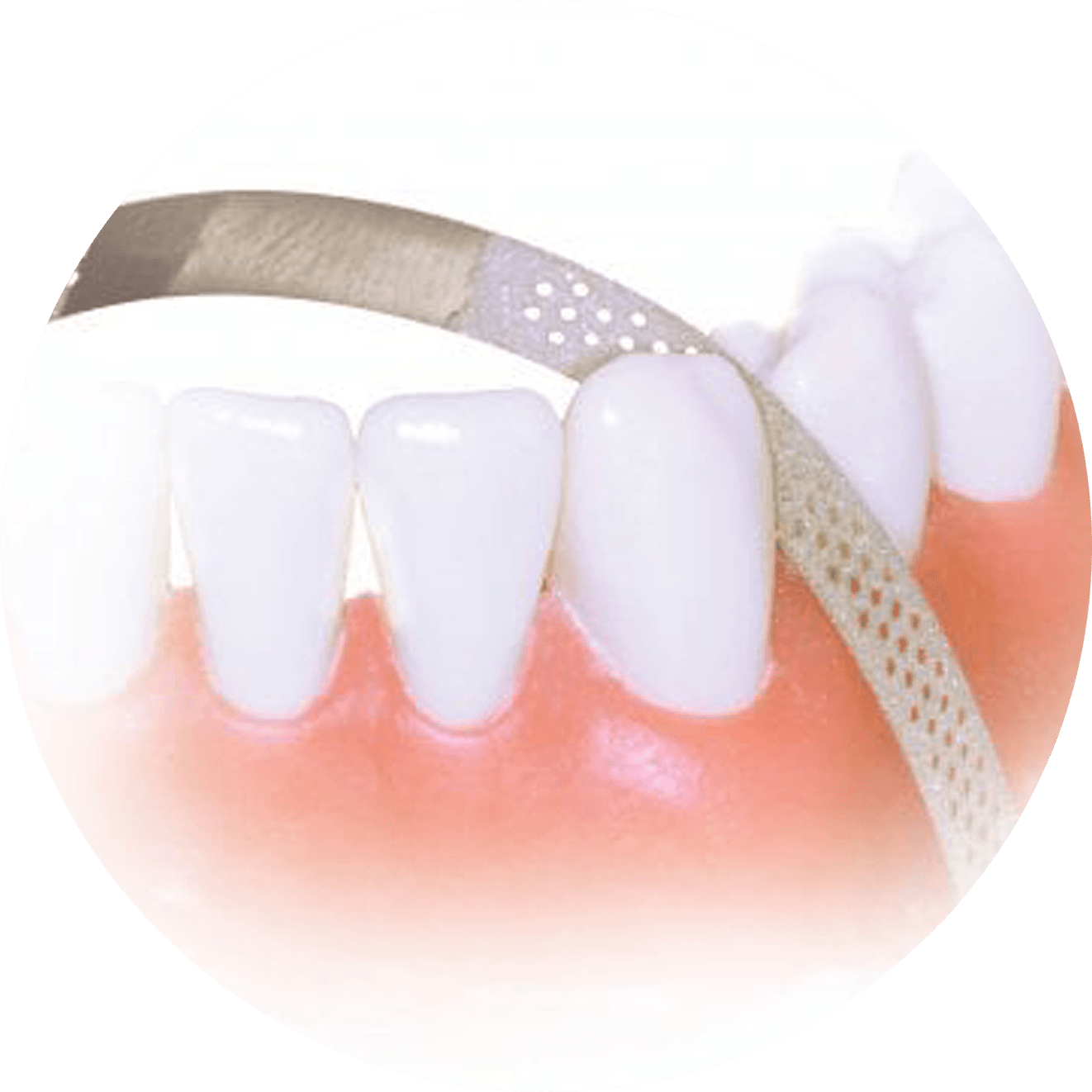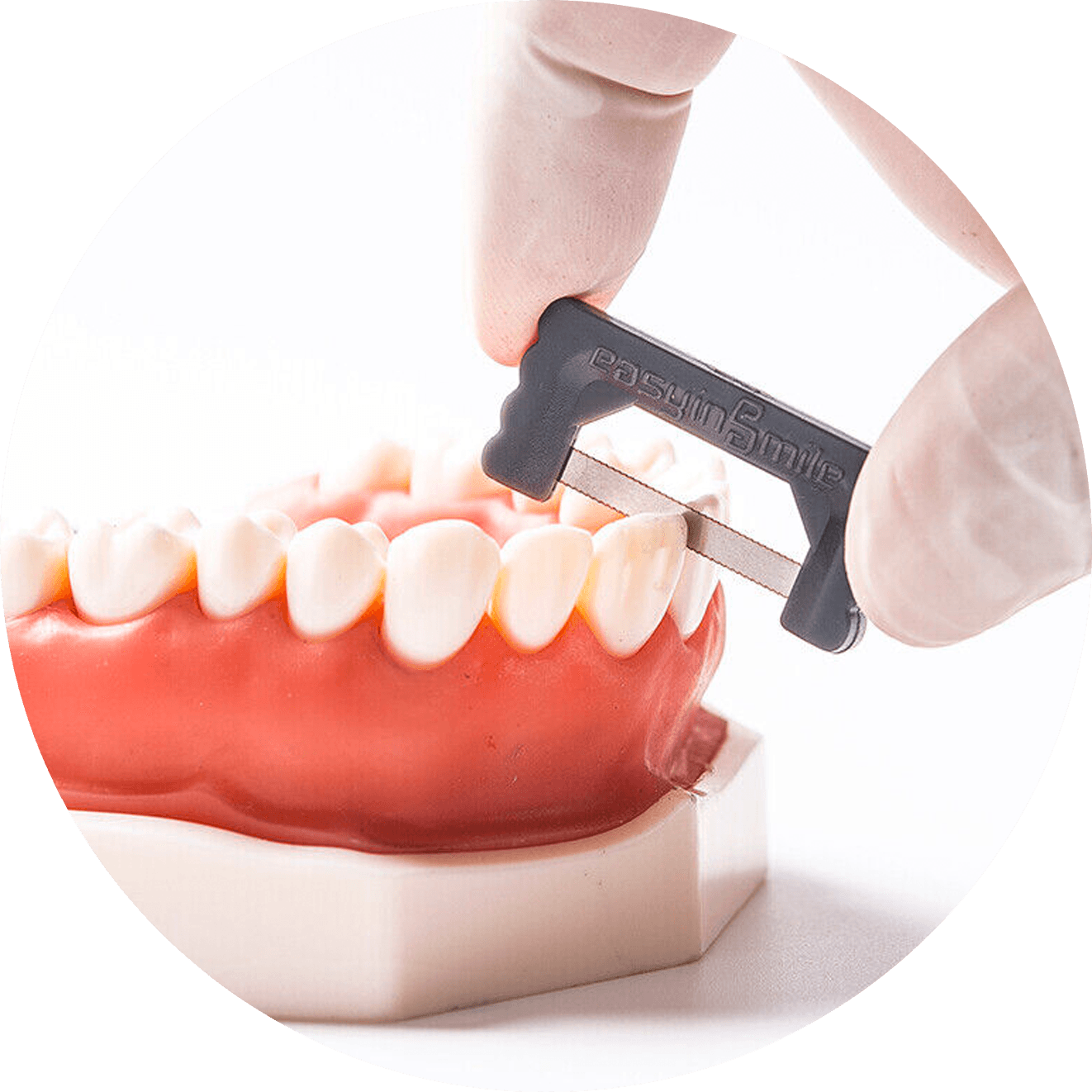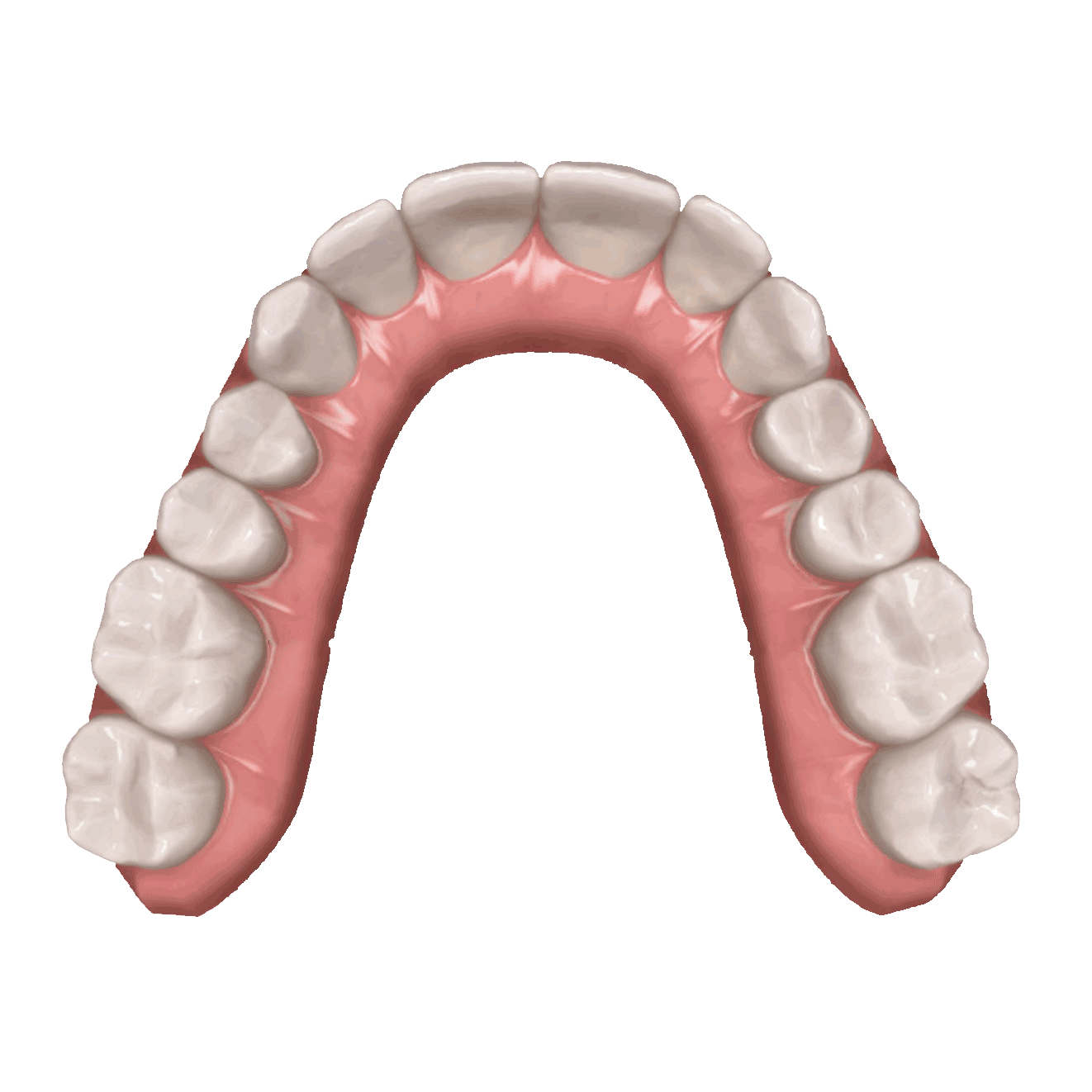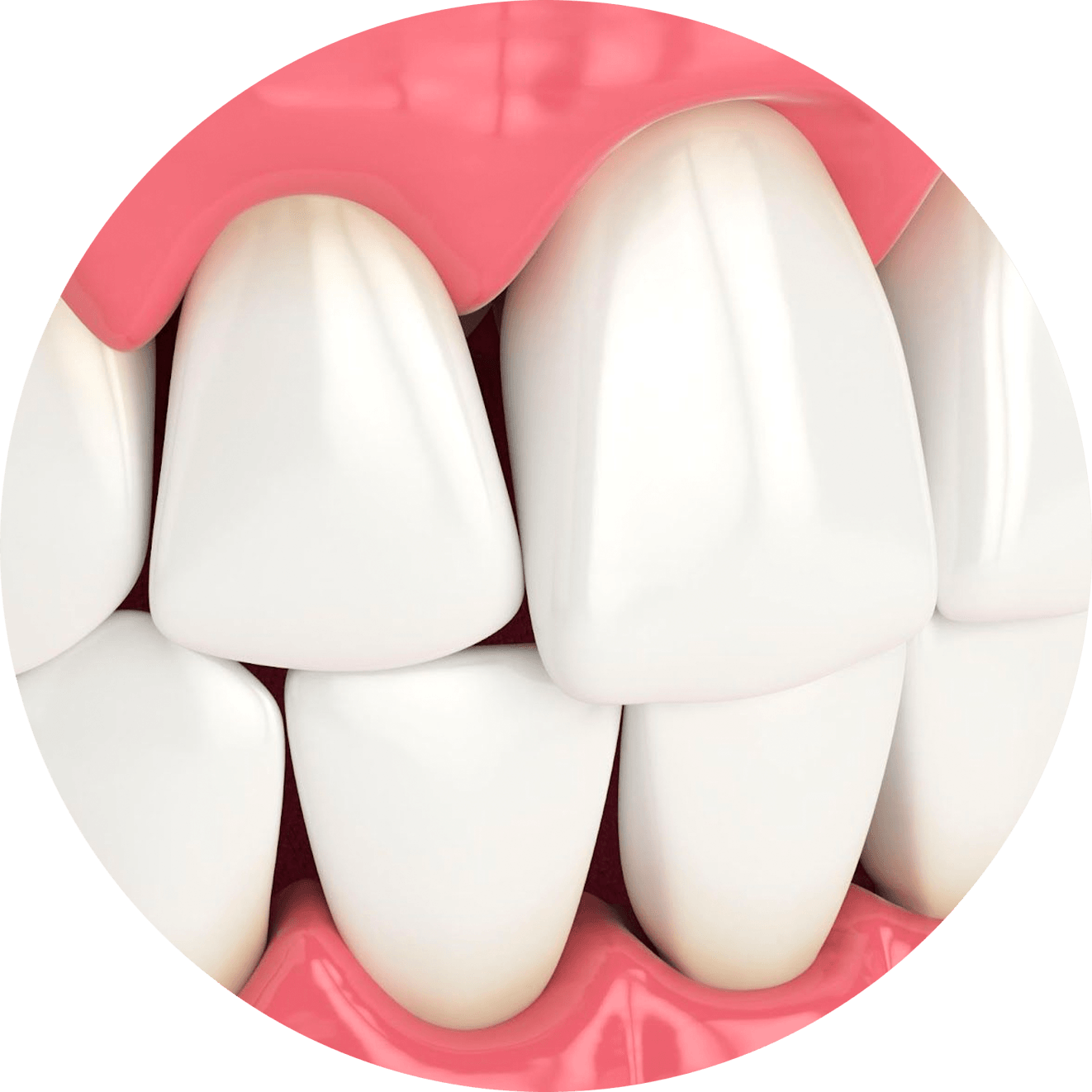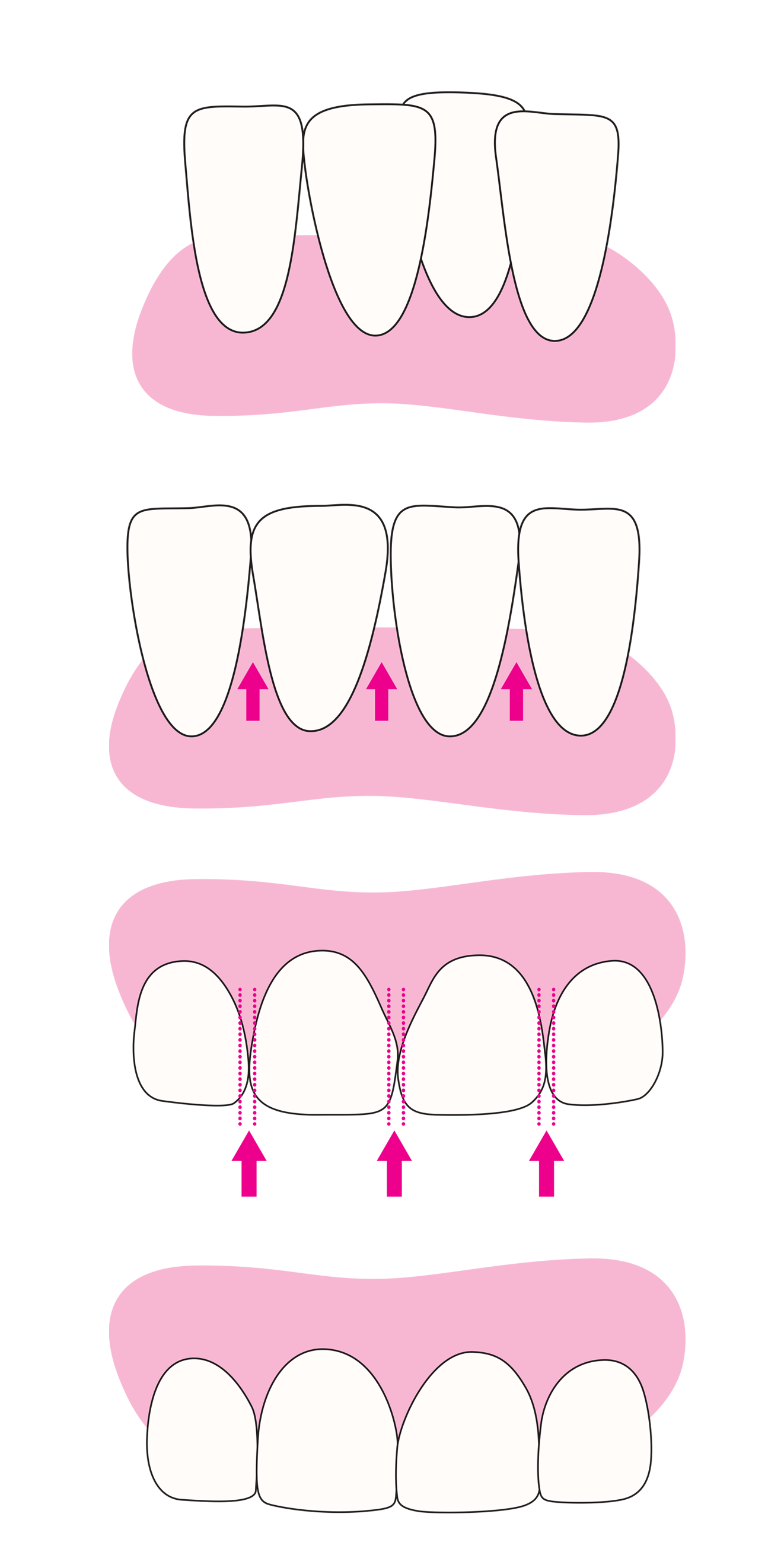IPR, ook wel bekend als interproximale reductie, is een tandheelkundige techniek die wordt gebruikt om de grootte van tanden te verminderen vóór of tijdens een orthodontische behandeling. Misschien heb je ook gehoord van deze procedure als tand- of tandheelkundig strippen - een andere benaming die vaak wordt gebruikt.
Lees ook meer over IPR op deze objectieve site.


